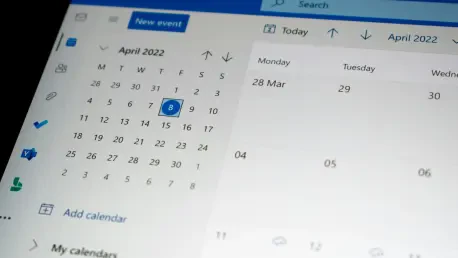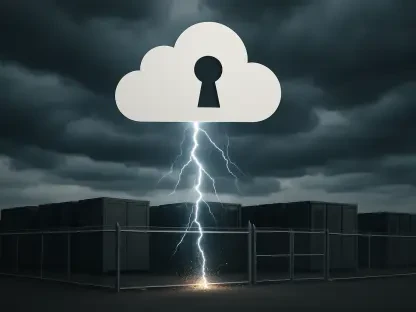Welcome to an insightful conversation with Maryanne Baines, a renowned authority in cloud technology with extensive experience evaluating cloud providers, their tech stacks, and their applications across various industries. With a deep understanding of the complexities of cloud services, Maryanne is the perfect expert to guide us through the recent Outlook outage affecting North America, Microsoft’s response to infrastructure challenges, and the broader implications for cloud-based systems. In this interview, we explore the scope and impact of the outage, the steps being taken to resolve it, historical context of similar issues, and what this means for users and businesses relying on cloud services.
Can you walk us through what’s happening with the current Outlook outage in North America?
Absolutely, Robert. Microsoft confirmed this outage a few hours ago, reporting it around 9:36 AM in their time zone. It’s primarily affecting users’ ability to access their email inboxes through any Exchange Online connection method. Beyond that, there are unconfirmed reports of other services like OneDrive experiencing disruptions as well. Users are essentially locked out of their mailboxes, and it’s causing significant frustration across the region.
What has Microsoft said about the underlying infrastructure issues causing this disruption?
Microsoft has acknowledged that a portion of their infrastructure in North America is impacted, though they haven’t pinpointed the exact cause yet. They’ve described it as a widespread issue affecting mailbox access, and while they haven’t specified particular regions or user groups being hit harder, the problem seems to be pretty extensive based on user feedback and external tracking sources.
How is Microsoft approaching the resolution of this outage?
They’re in full investigation mode right now. Microsoft is evaluating service telemetry to identify any system irregularities that might be contributing to the issue. They’ve also started applying some changes to optimize the affected mailbox infrastructure, though specifics on those changes haven’t been disclosed yet. For communication, they’ve committed to providing updates as new information emerges, mainly through their support channels.
Can you give us a sense of how long this outage has been going on and what the timeline for a fix looks like?
The issue was first reported several hours ago, and as of the latest updates, it’s been ongoing for a significant part of the day. Microsoft hasn’t provided a concrete timeline for resolution yet, but they’ve noted that some of the incremental changes they’ve made are showing signs of improvement. They’re actively monitoring to ensure these optimizations roll out across all affected systems.
What are external sources indicating about the scale of this problem?
Platforms like Downdetector have reported a massive surge in user complaints about Outlook and Microsoft 365, with numbers spiking significantly a few hours after Microsoft’s initial acknowledgment. This aligns somewhat with Microsoft’s public support page, which mentions service degradation across consumer products, though the sheer volume of reports suggests the impact might be even broader than officially stated.
This isn’t the first time Outlook has faced issues recently, is it? Can you tell us about past incidents?
You’re right, Robert. Just a few months back in July, Outlook users experienced an 11-hour outage where the service wasn’t performing efficiently due to a software fix that went awry. While we don’t have confirmation yet, there’s speculation that a similar configuration or update issue might be at play now. Microsoft’s response time in July was relatively swift for such a long outage, and they seem to be moving with urgency this time as well, though it’s too early to compare the resolution speed definitively.
Are there any other unrelated challenges Microsoft is dealing with concurrently that might compound this situation?
Interestingly, yes. There are separate reports of Azure latency issues in the Middle East, likely tied to a submarine cable problem, which Microsoft has clarified is unrelated to this Outlook outage. However, it does paint a picture of multiple pressure points for their cloud infrastructure globally, which could stretch their resources or attention as they manage these simultaneous challenges.
What is your forecast for the future of cloud service reliability, especially given recurring outages like these?
Looking ahead, I think we’re at a critical juncture for cloud service reliability. Outages like this highlight the fragility of even the most robust systems when millions of users depend on them daily. My forecast is that providers like Microsoft will invest heavily in redundancy and automated failover systems to minimize downtime. However, as cloud adoption grows and systems become more complex, we might see more of these hiccups in the short term. The key will be transparency and faster response times to maintain user trust, alongside innovations in infrastructure resilience to prevent these issues from escalating.









